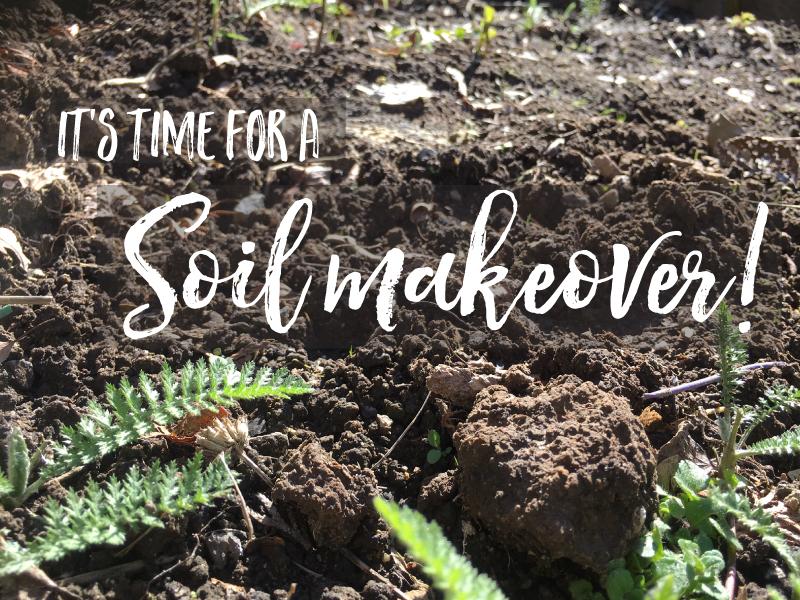The magic of mulch
/Sunny, hot weather usually cues us that we need to get out and top up the mulch in our garden beds. But there are other reasons why your should mulch (or top up your exisiting mulch layer) at the start of summer. Here’s a few other benefits that mulching will bring:
Regulate soil temperatures - Mulch helps to regulate soil temperatures and supports plants that are coping with extreme weather. A mulch layer reduces heat absorption and will be cooler than soil directly exposed to sun.
Prevent moisture loss. Moisture loss occurs when the sun causes evaporation. But windy weather can also dry out the soil and stress your plants.
Help prevent spread of disease. Mulch provides a physical barrier that protects against soil borne diseases. For example, mulching under roses can help stop black spot fungal spores in the soil from being splashed onto the leaves during a rain event.
Suppression of weeds. A mulch layer will block light and therefore prevent many seeds from germinating.
Improves soil. Some mulches such as pea straw are high in nitrogen and as it breaks down this nitrogen returns to the soil increasing nutrient content available to plants.
Protects from soil erosion. Without a layer of mulch covering the soil, top soil can run off your garden beds during heavy rain events.
Increased production. Studies have shown that plants grown in mulched beds grow faster, contain more chlorophyll, and greater root growth. If you are growing fruit and vegetables, you will harvest more food from a crop that has been mulched.
Indirectly, mulch can help reduce insect activity. By helping plants to improve their overall health, they become less susceptible to insect attack.
Types of mulch
There are many different materials you can use for mulch and you will find something suitable for every garden.
Straw mulches (Pea Straw, Lucerne Hay, Sugar Cane) - great for the veggie patch, they can be bought in compacted bales. The hollow centres of the straw also has an insulating effect. Pea straw contains nitrogen that will break down into your soil, improving the overall condition.
Bark mulch - inexpensive and lightweight, bark mulches are easily spread over the garden. Larger chunks of bark will take longer to break down, but may blow away in windy weather. Bark mulch is not the best choice if using it in the vegetable garden, as it can pull nitrogen away from the plants.
Stones/rocks/gravel - gravel mulches are great for their water holding capacity, and also providing warmth to soil. In winter this can help support plants that don’t like cold.
Lawn cuttings. You can use dried grass clippings on your ornamental garden or veggie patch. This will break down and provide a good source of nitrogen. Just don’t use cuttings that have invasive weeds or if you have sprayed your lawn with herbicides.
Leaf litter from deciduous trees - if you have a deciduous tree, you have free mulch! In autumn, throw your leaves onto the soil and it will break down into a beautiful soil conditioner. Why waste such an amazing natural resource!
Gravel mulch
bark mulch
straw mulch
Some tips for mulching your garden
A good guide to how much mulch is to apply around 5-10 cm layer of mulch
Make sure the soil is damp when the mulch is applied, and then water the mulch once you have laid it out
Avoid letting the mulch touch the stems of plants, as it can cause the plant to rot
If the mulch becomes water repellent, soil wetting agents can be applied to rehydrate it
When mulching trees, make sure you go right out to the canopy line to make sure you are protecting any shallow roots




